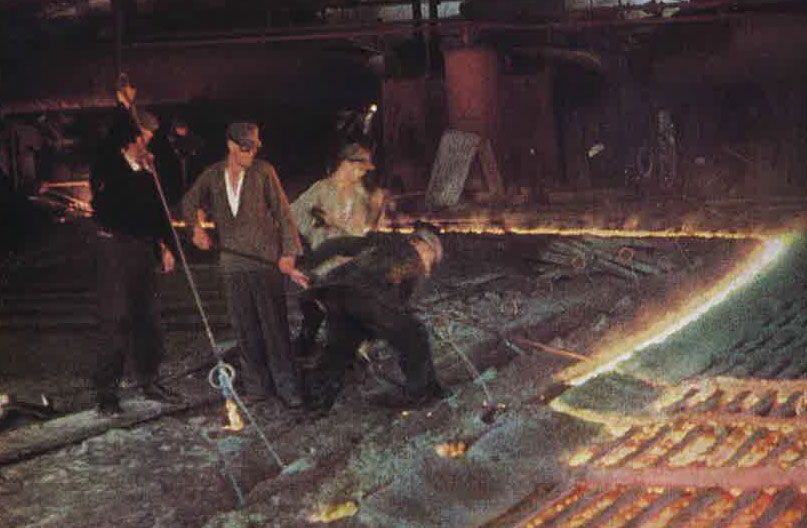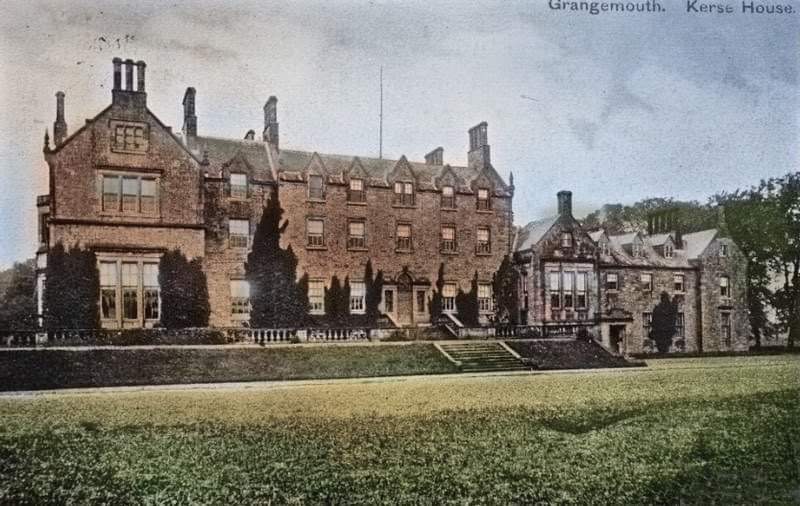The Twentieth Legion Valeria Victrix (Valiant and Victorious) played a key role in several Roman invasions of Scotland and were the only Legion to participate in both long-term invasion attempts. They also helped build the Antonine Wall, remains of which can be seen across Falkirk.
The History of the Twentieth Legion
The Legion were founded near the time of the Battle of Actium in 31BCE, but due to the haziness of records, and the fact that both Octavian and Marc Anthony had a Twentieth Legion, it is unclear which side they fought for (Pollard and Berry p.99). The Twentieth Legion later saw combat in Catalonia and fought for Emperor Tiberius in Germania to secure the area after the loss of three Roman legions in the 9CE Teutoburg Forest disaster (Pollard and Berry p.99 and Livius.org). They continued to serve in the region under Caligula, until his controversial attempt to kill every tenth man in the Twentieth due to their mutiny against his father. This attempt resulted in the Legion arming themselves in defence, which Suetonius claims discouraged the vengeful Emperor (Pollard and Berry p.101).
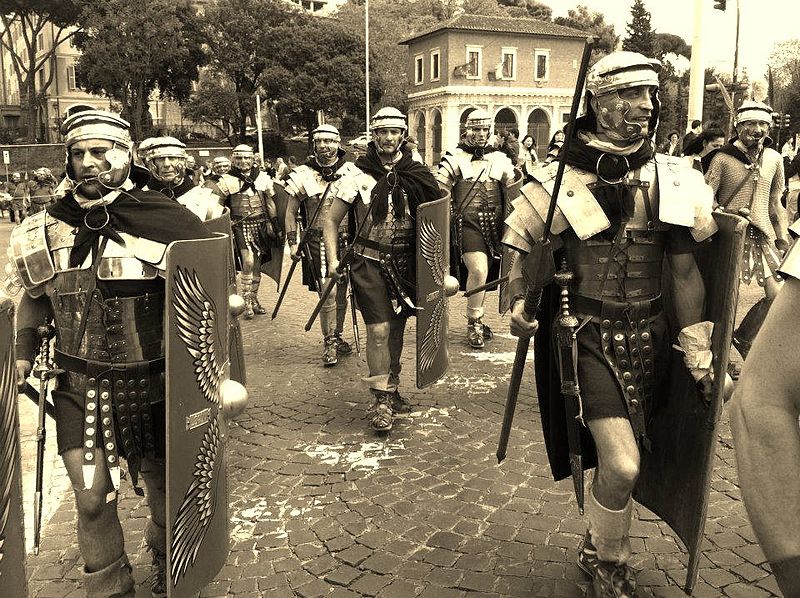

The First Invasion
In 43CE the Twentieth Legion joined the Emperor Claudius in the invasion of Britain and were stationed at Gloucester by 48CE. It has been suggested it was during this time that they gained the “Valeria” honorific, after the wife of Claudius, though this has never been proven (Pollard and Berry p.102). It was also the Twentieth Legion that were pitted against Queen Boudicca (see fig. 1) and helped to suppress her famous revolt against the Romans between 60-61CE (Pollard and Berry p.97).
After siding unsuccessfully with Vitellius during the 69CE Civil War, the newly declared Emperor Vespasian sent Agricola (see fig. 2) to be their new commander, but according to Tacitus, he faced further discipline and loyalty issues from the Legion, possibly a recurring theme (Pollard and Berry p.102).
After taking command, Agricola led the legion in their first invasion of Scotland, where they presumably fought in his Highland campaigns. The legion built numerous defensive structures including the first fort at Castlecary in the Falkirk area, whilst remaining garrisoned at Inchtuthill in Perthshire (Livius.org). They remained in Scotland with Agricola until he was recalled by Emperor Domitian in 86CE, when they were sent to Chester. They later helped to build Hadrian’s Wall between 122-125CE, carving inscriptions on eight surviving slabs (AntonineWall.org).
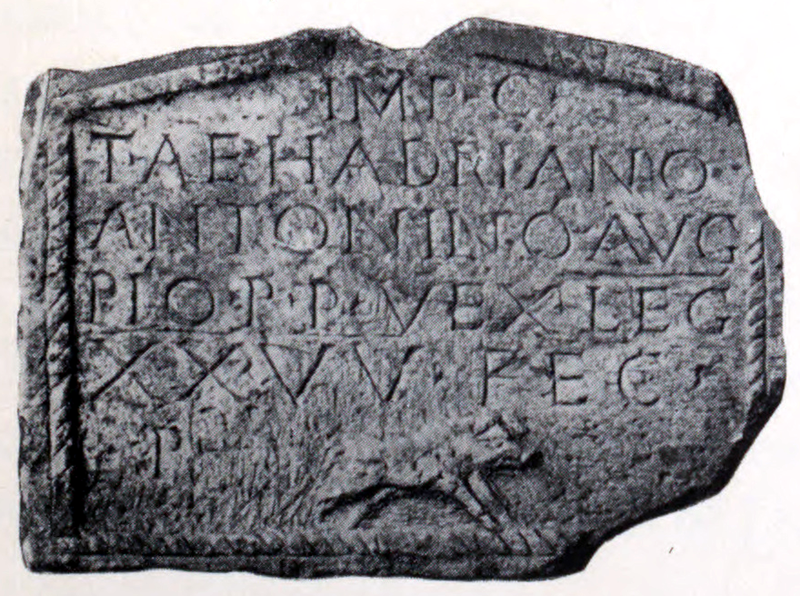

The Second Invasion
The Legion returned to Scotland during the invasion of Antoninus Pius in 139CE, helping to build the Antonine Wall at Bears Den and Bar Hill, evidenced by their surviving inscriptions. The Rough Castle Fort in the Falkirk area, the best-preserved on the Antonine Wall, has an inscription dedicated to a Twentieth Legion Centurion, Gaius Flavius Betto. He was leader of the Sixth Cohort of Nervions Auxiliary Unit who garrisoned the Antonine Wall after it was constructed (AntonineWall.org). This suggests some of the Centurions remained on the wall, whilst in command of their auxiliary units, during its years as a defensive frontier between 142CE-160CE.
After the construction of the Antonine Wall, the Twentieth Legion faced further conflict during the 155-158CE revolts on the continent, resulting in a call for reinforcements from Germania (Livius.org). They then fought against Septimius Severus, whom went on to launch another invasion of Scotland in 208CE, and were given the honorific title “Antonina” in 255CE (Livius.org). After this point the records on the legion become unclear. We do know that their legion sigil was a jumping boar.
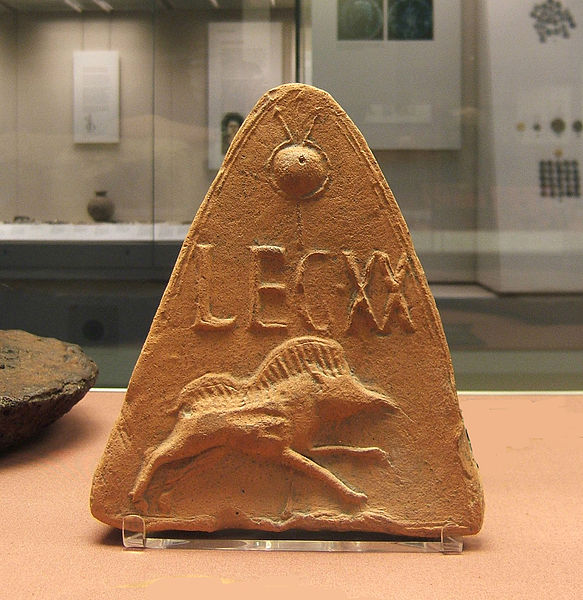

The Auxiliary Units
Although the Second, Sixth and Twentieth Roman Legions all helped build the Antonine Wall and remained in Falkirk while it was under construction, the forces that garrisoned the wall were the Roman Auxiliary Units, composed of troops who were not Roman citizens. Containing roughly 500-1,000 men each, the Auxiliary Units were never stationed in their local areas. They were sent far from their home provinces instead, to serve in the Army, which meant none of the auxiliary troops on the Antonine Wall were Britons (Le Glay et al p.378). A soldier in the Auxiliary Unit had to serve for 25 years and was granted Roman citizenship only upon completion of his service.
There were a total of nine Auxiliary Units comprising about 6,000 men in the 17 forts and fortlets along the Antonine Wall, but not all of these were in the Falkirk area (AntonineWall.org). Within the Falkirk forts, at least five units have been recorded, including the First Cohort of Tungrians from Belgium, who helped build, and were garrisoned at, Crammond and Castlecary. The First Cohort of Vardullions were from Spain and at least some of them were garrisoned at Castlecary, while the First Tungrian Wing from Belgium were stationed at Mumrills with the Second Cohort of Thracians. Finally the Sixth Cohort of Nervians from Belgium were stationed at Rough Castle, as mentioned above.
The auxiliary units also left their own inscriptions on the Antonine Wall, like the legions, and created their own altars for the gods. An Officer in the First Tungrian Wing, Valerius Nigrinius, dedicated an altar to Hercules at the fort at Mumrills, and a tombstone survives for Nectovelius, son of Vindex from the Second Cohort of Thracians, who apparently died after nine years of service with the unit (AntonineWall.org). You can find out more about the Antonine Wall here.
By Laura McWhinnie, Hidden Heritage Online: Ancient Falkirk volunteer.
